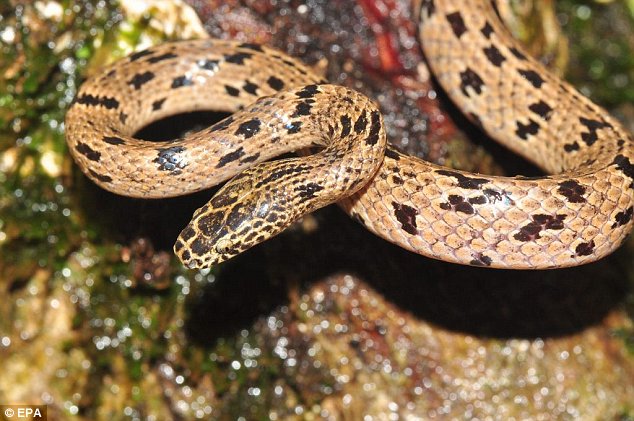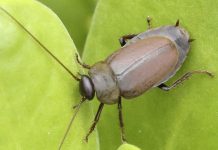The ‘Lycodon zoosvictoriae’ snake was found in the Cardamom Mountains of Cambodia. Scientists believe its unusual colours have helped the slippery creature remain hidden, despite a decade-long research effort to find new species in the area.

The wolf snake, also known as the ‘Lycodon zoosvictoriae’ snake, was found in the Cardamom Mountains in Cambodia by Neang Thy. According to this specialist, this new snake species is endemic to the Cardamom Mountains.
Wolf snakes gained their name because of their powerful and jagged fangs. Wolf snakes are nonvenomous but have been known to defend themselves when trapped, and can cause severe damage to skin with their sharp fangs.
They feed on lizards and frogs, digging their powerful fangs deep into the hard scales of their prey. Females can be much larger than males and they often breed prior to the monsoons laying on average four to 11 eggs. When fully grown, wolf snakes are thought to reach around 20 inches (50 cm) in length.
The latest Wolf Snake species to be discovered, Lycodon zoosvictoriae, has unusual markings that has helped it remain hidden, despite a decade-long research effort to find new species in Cambodia.












